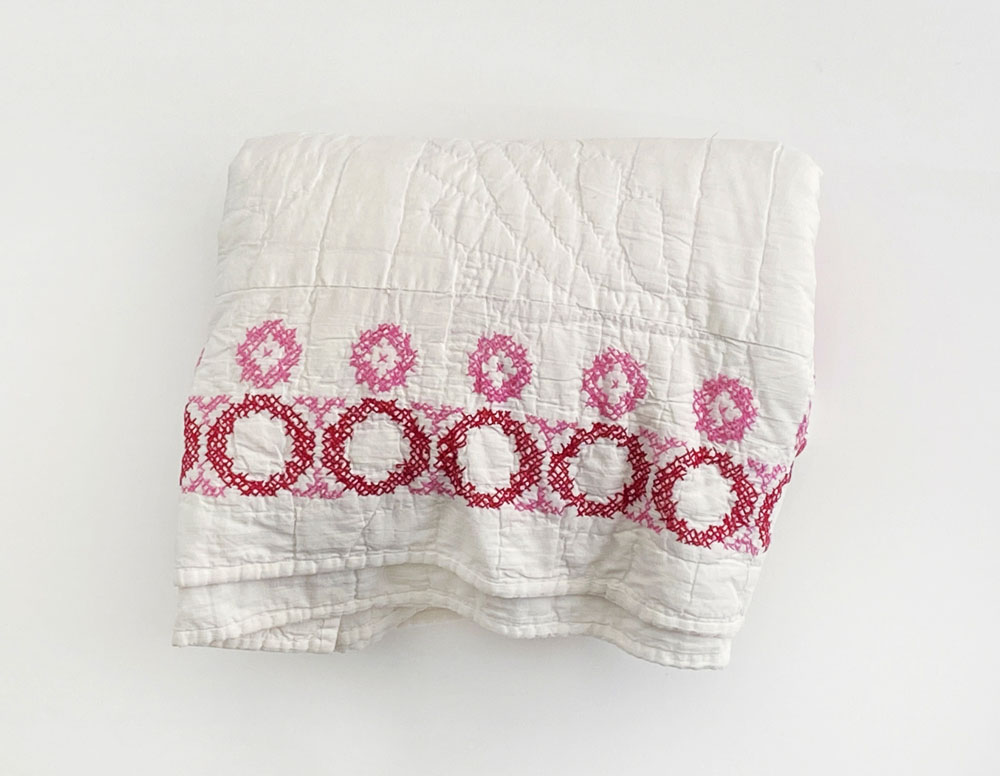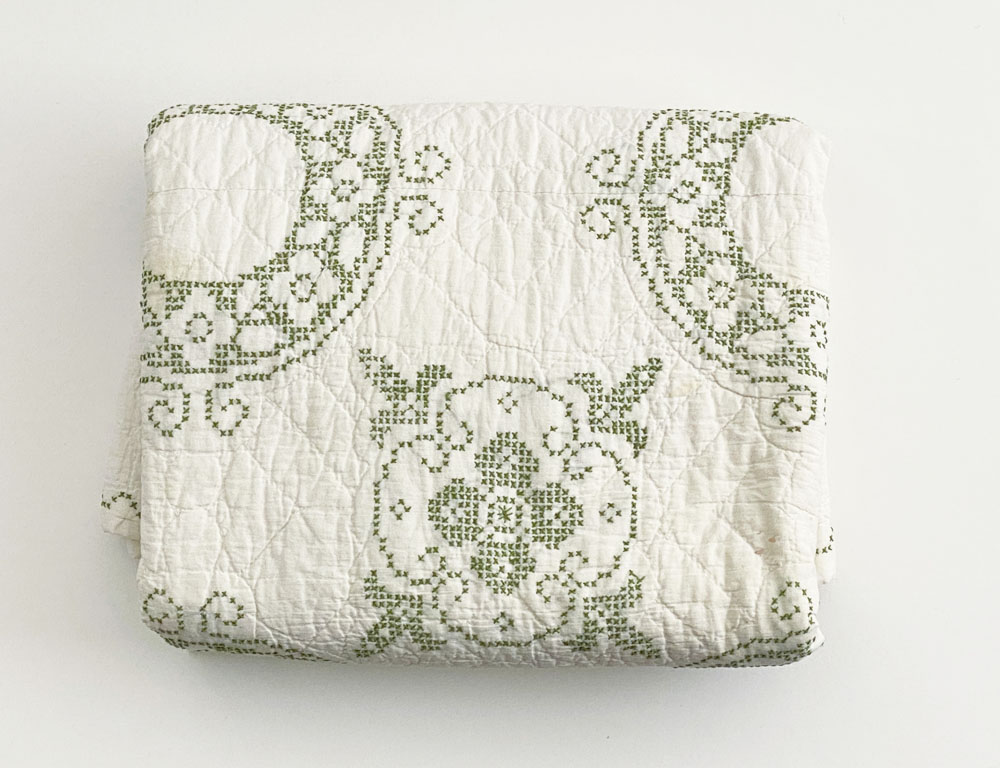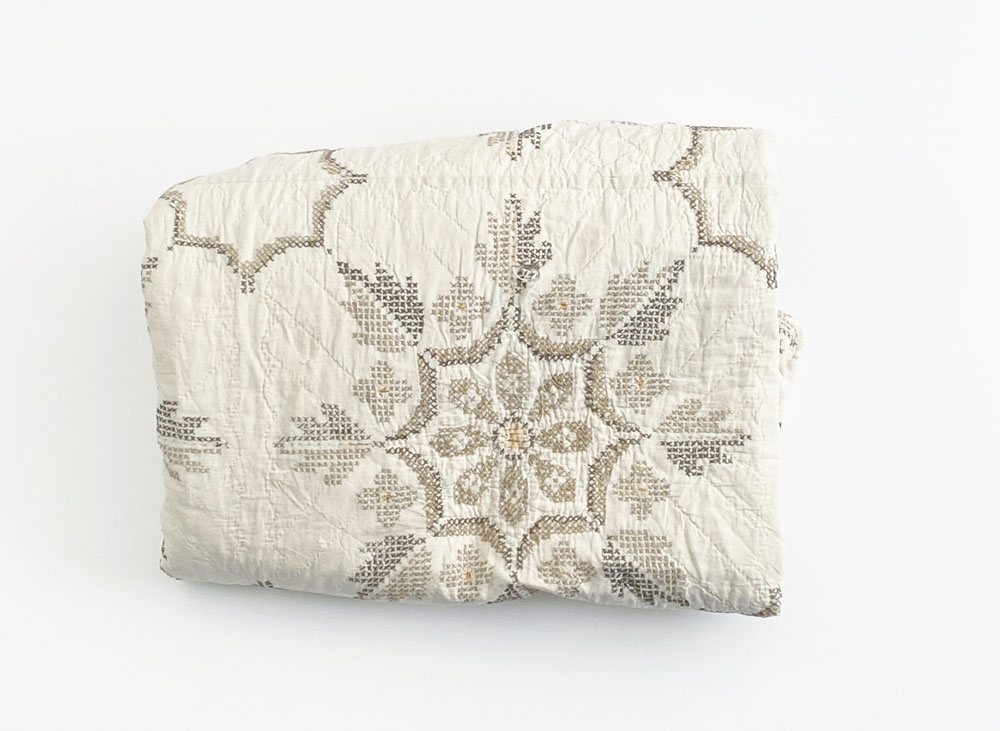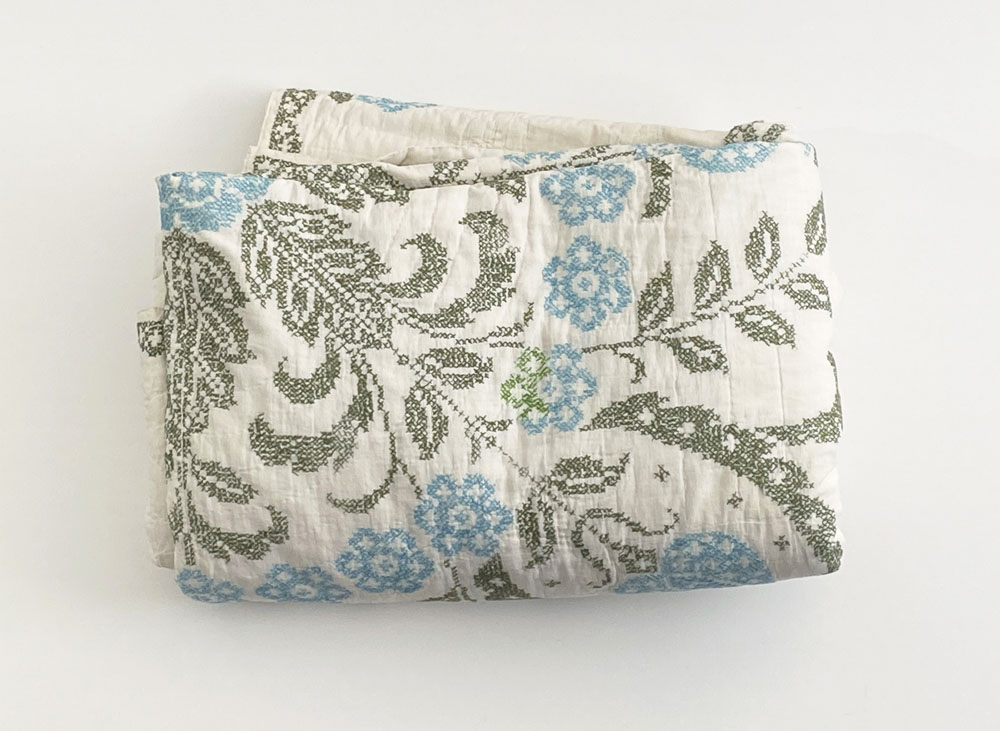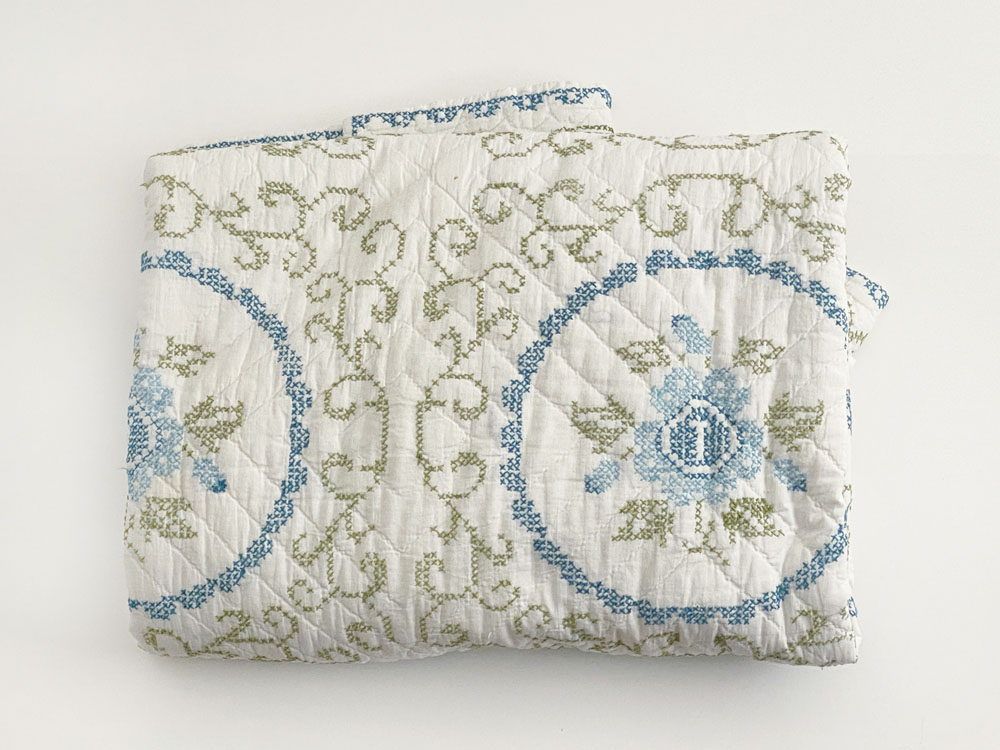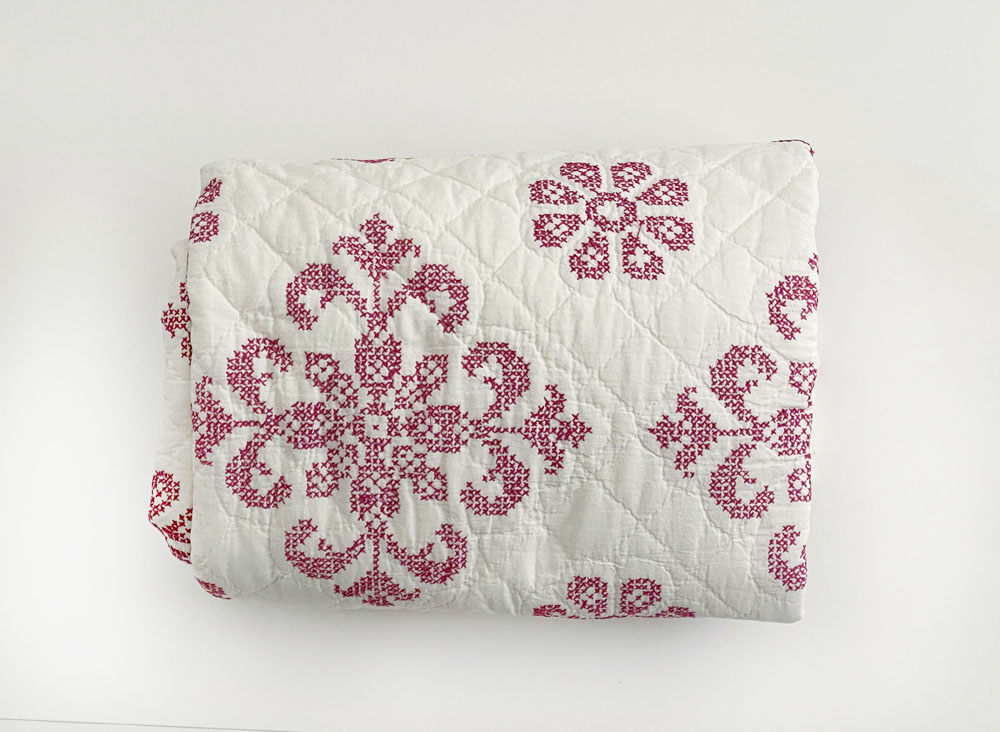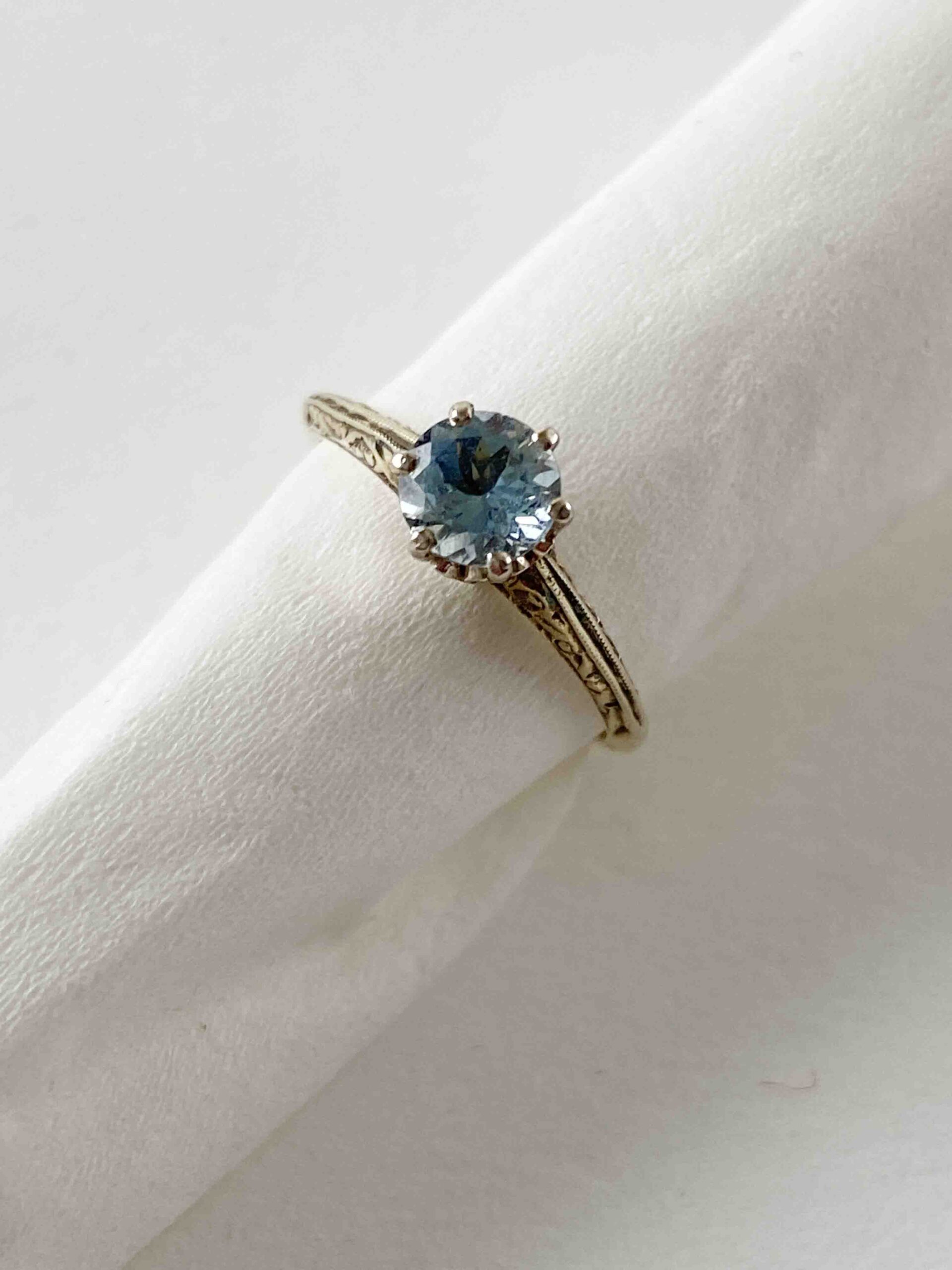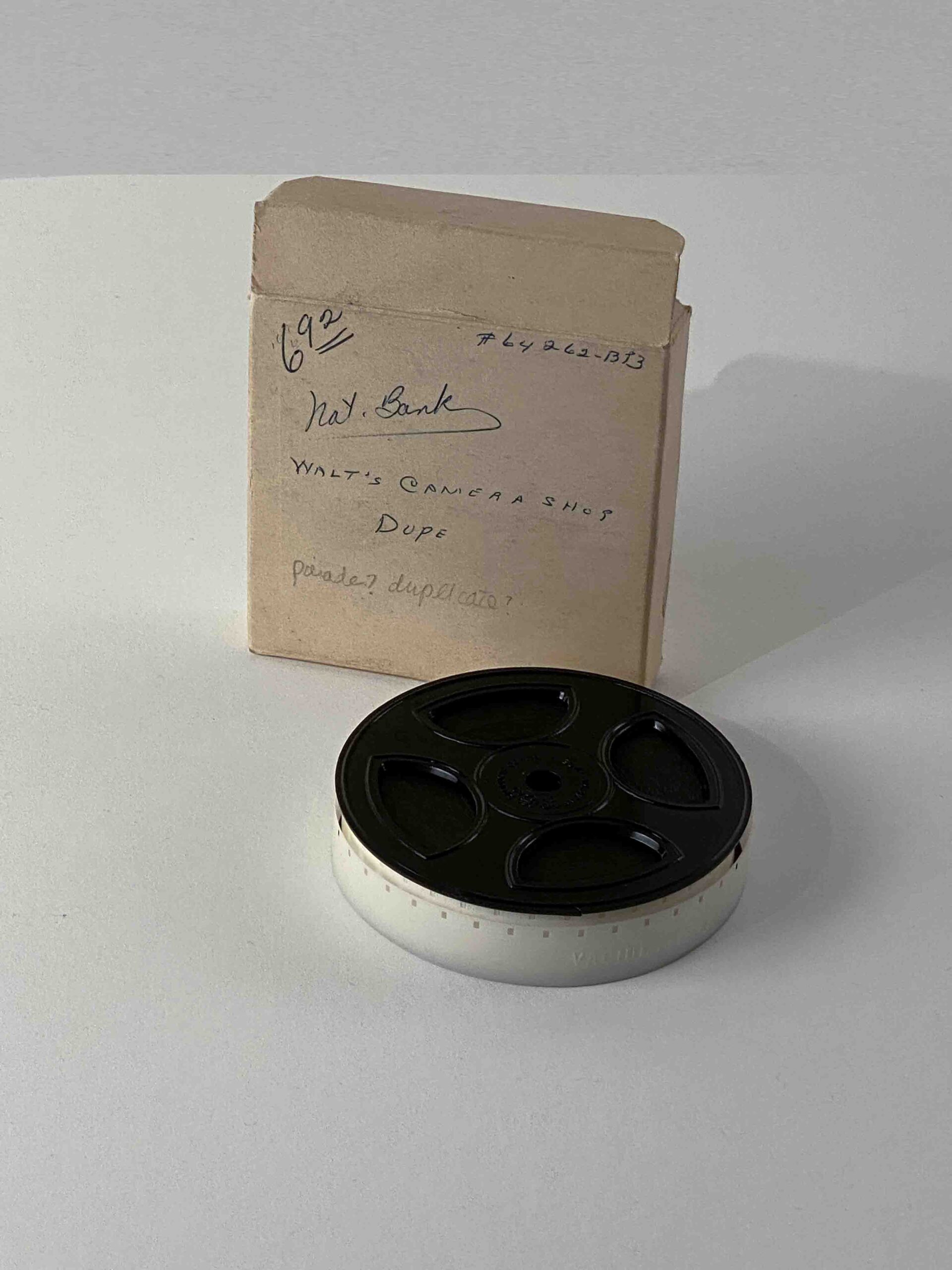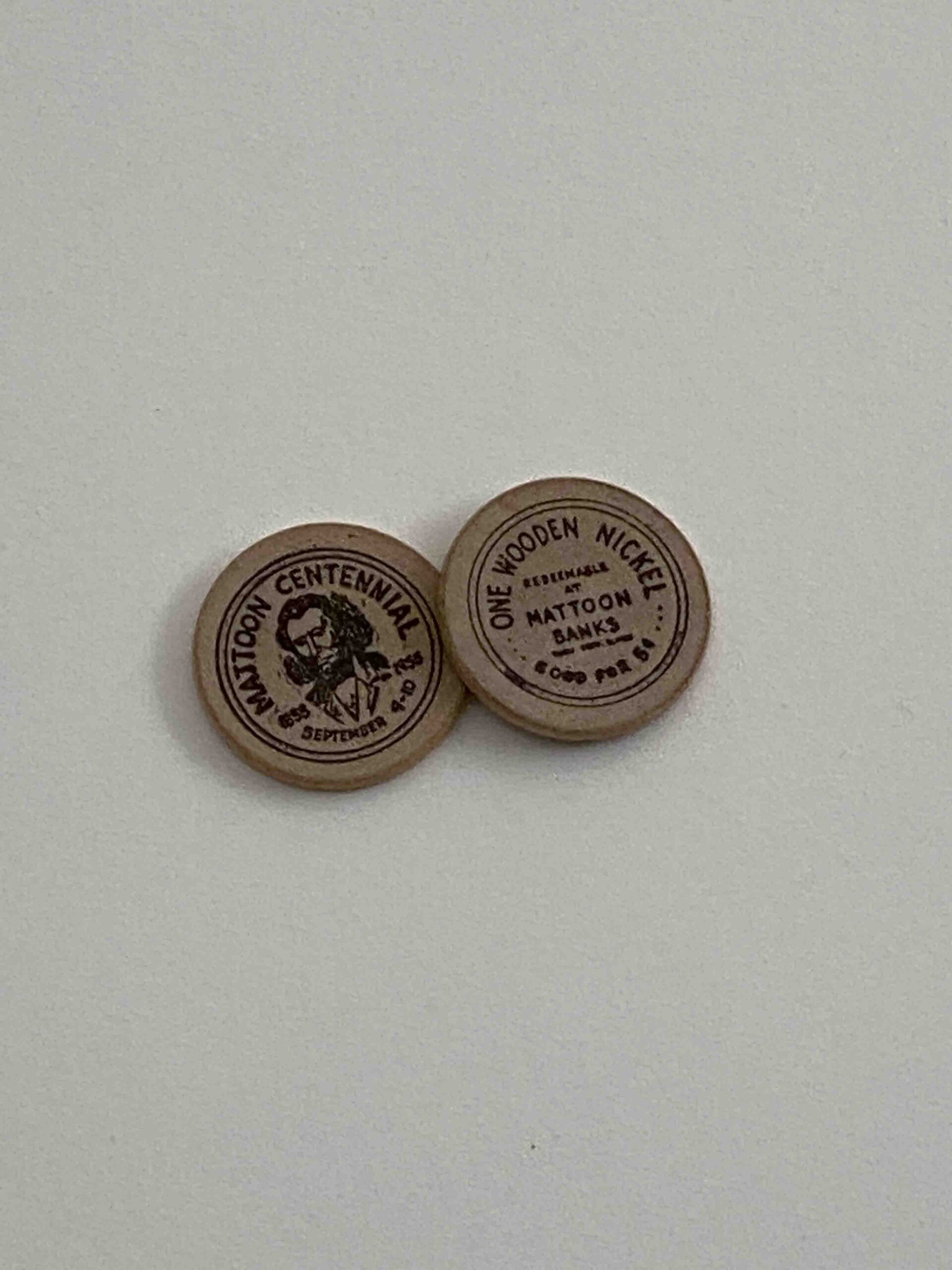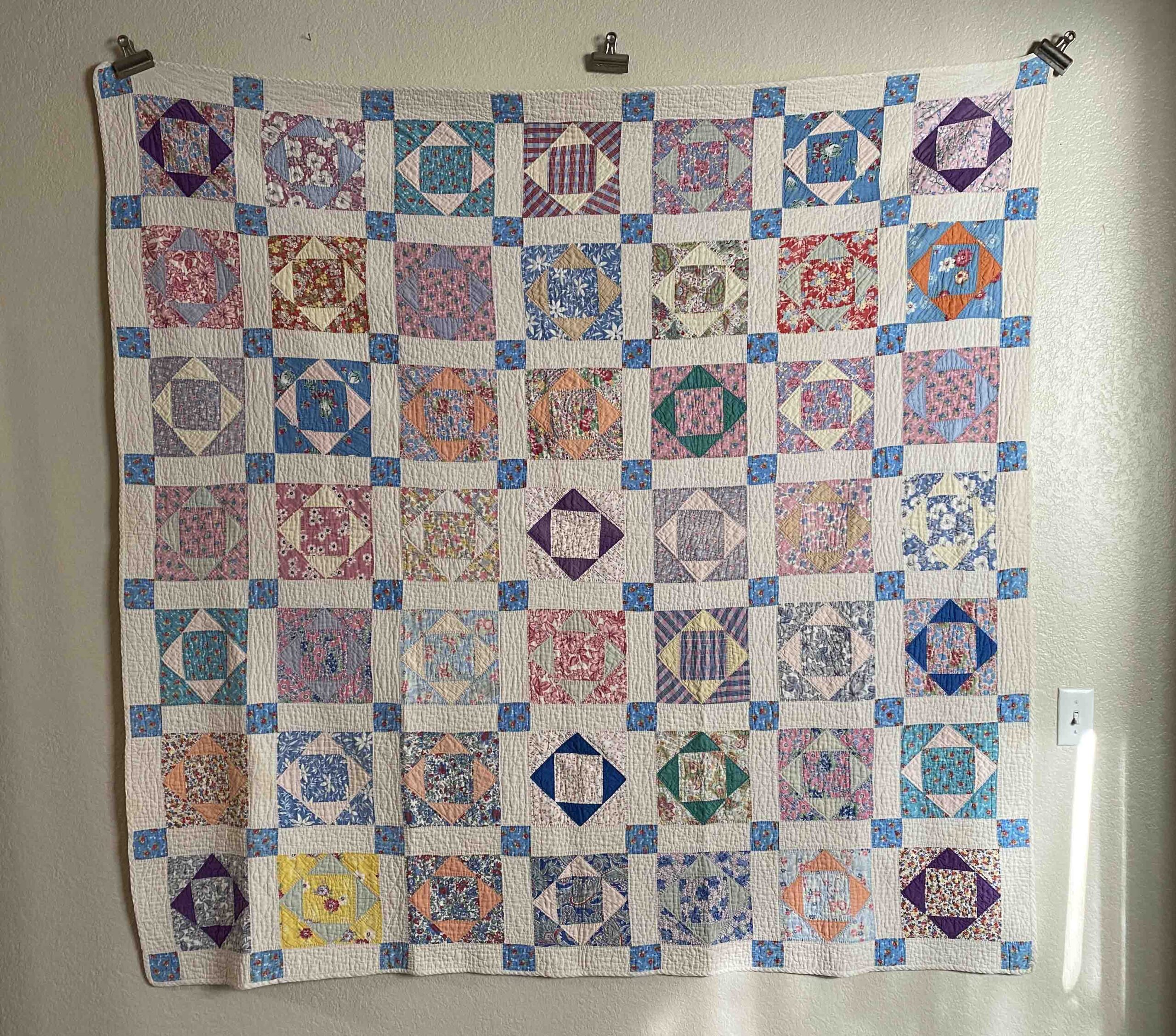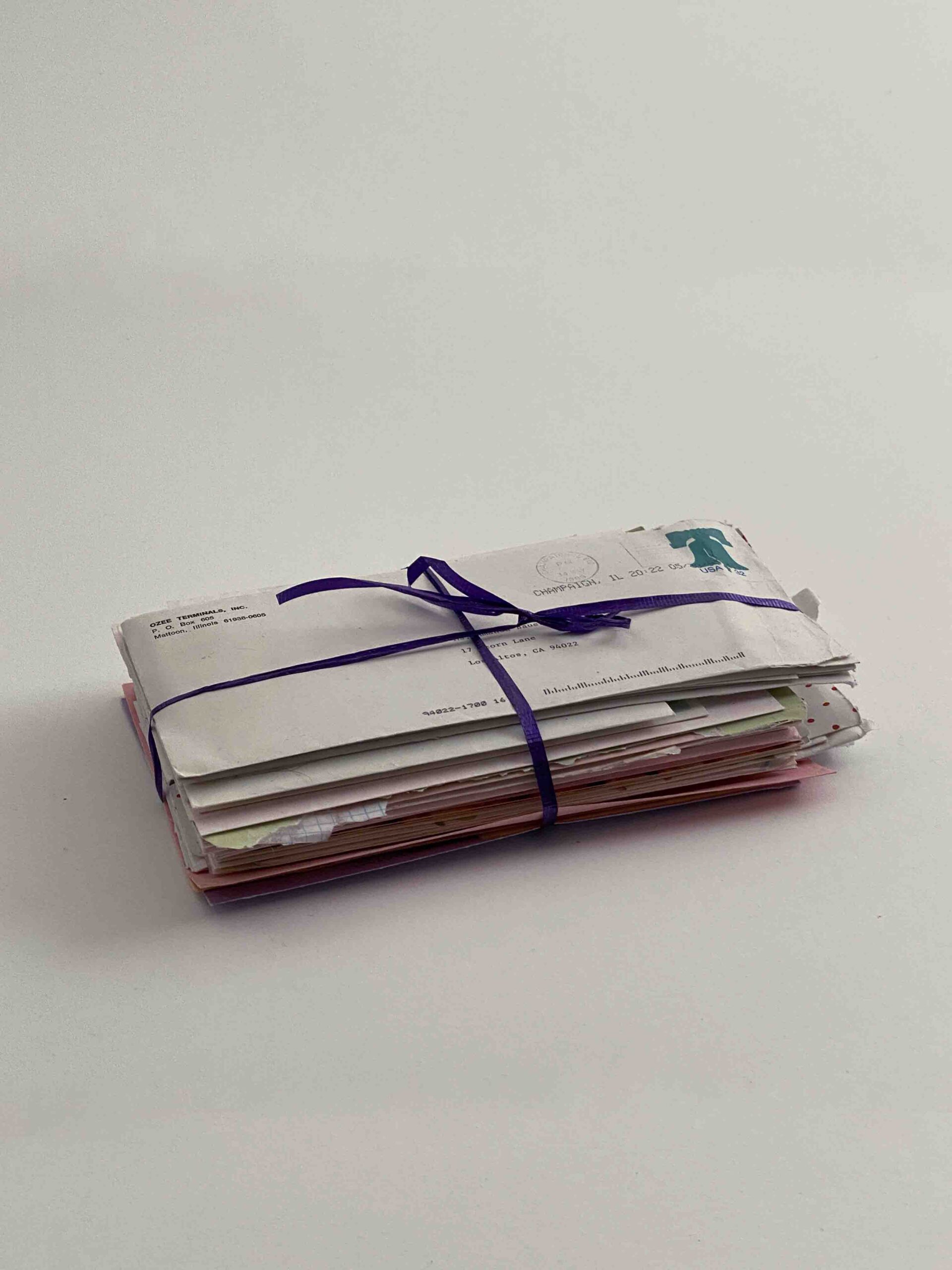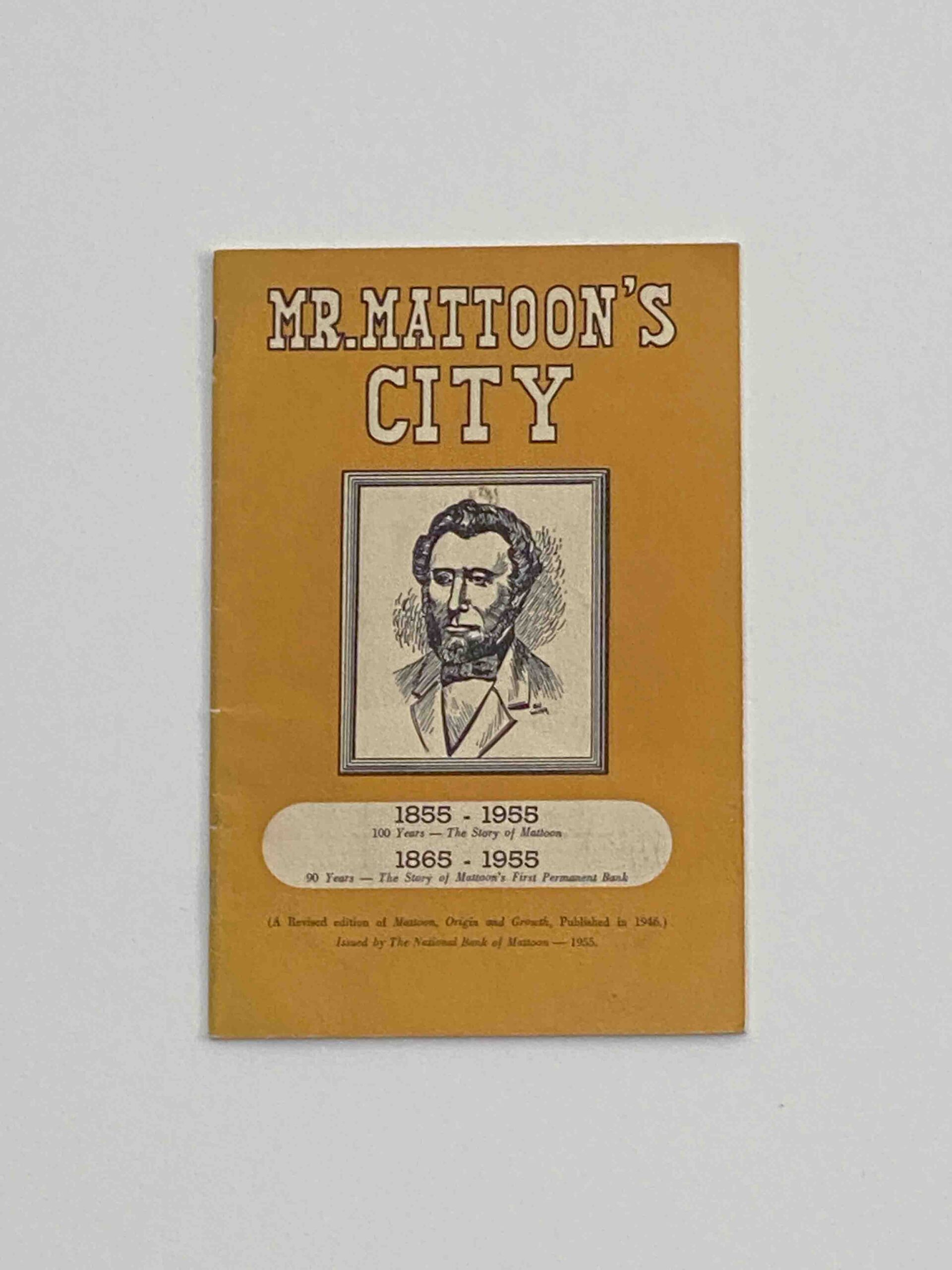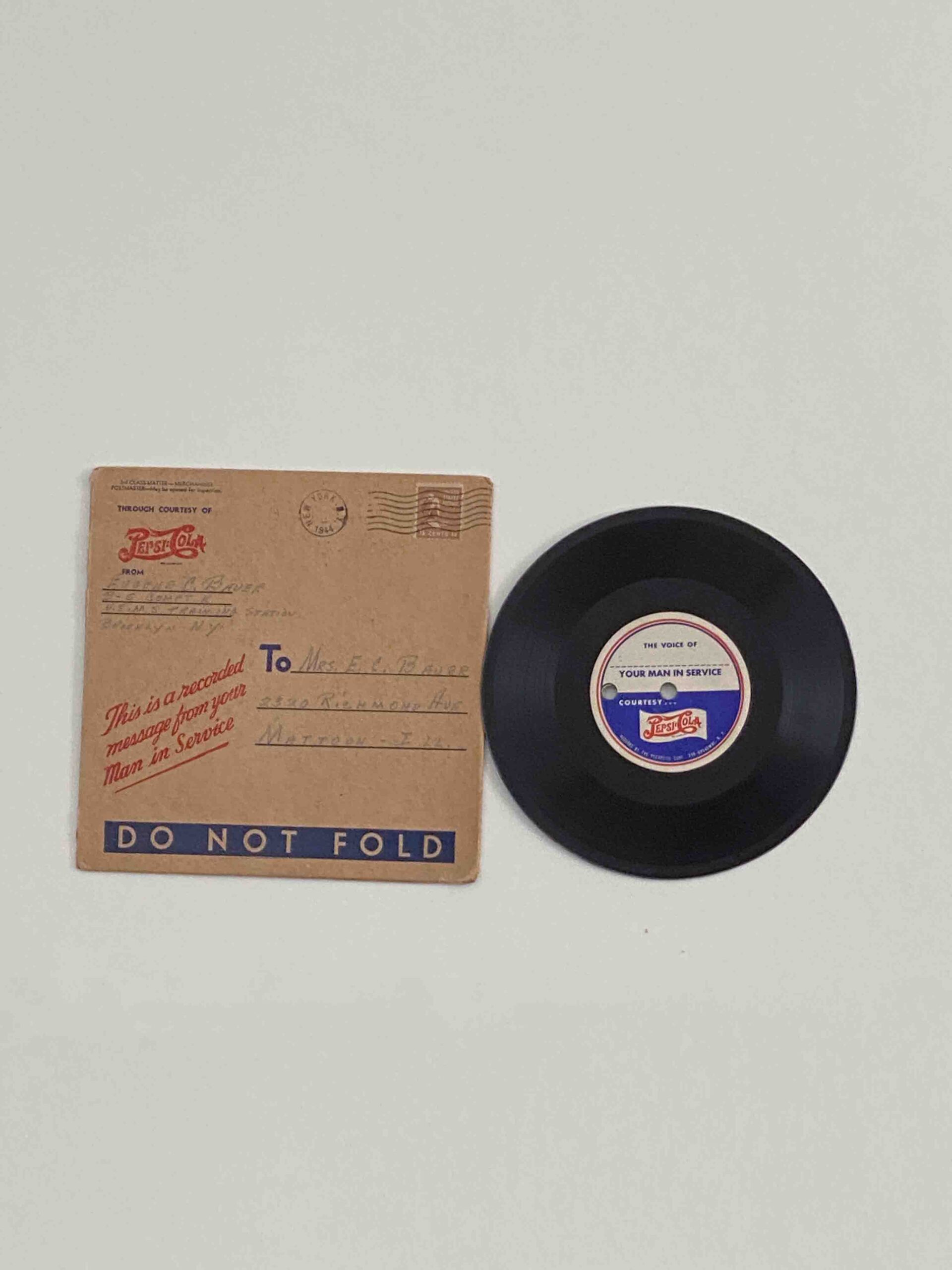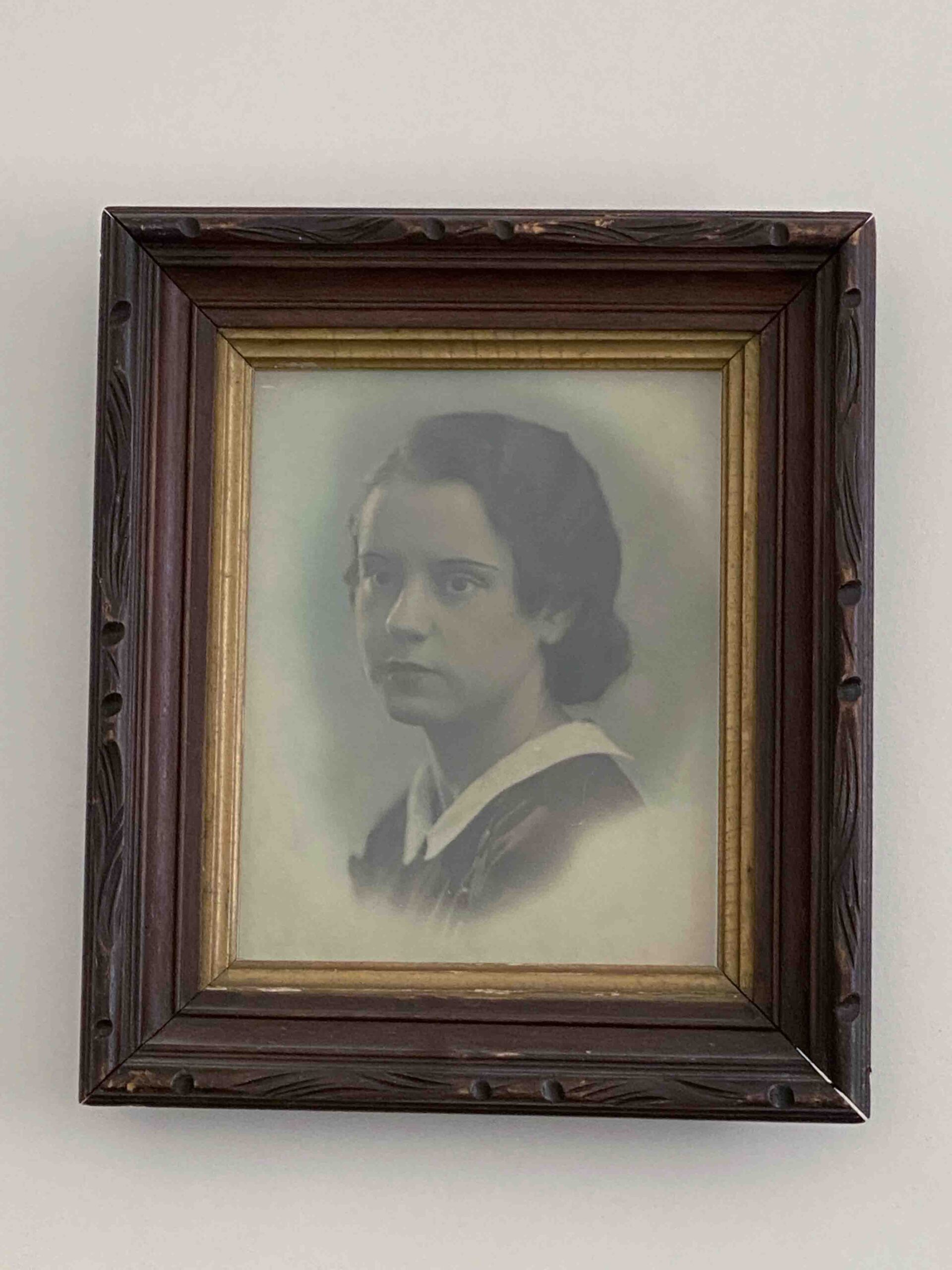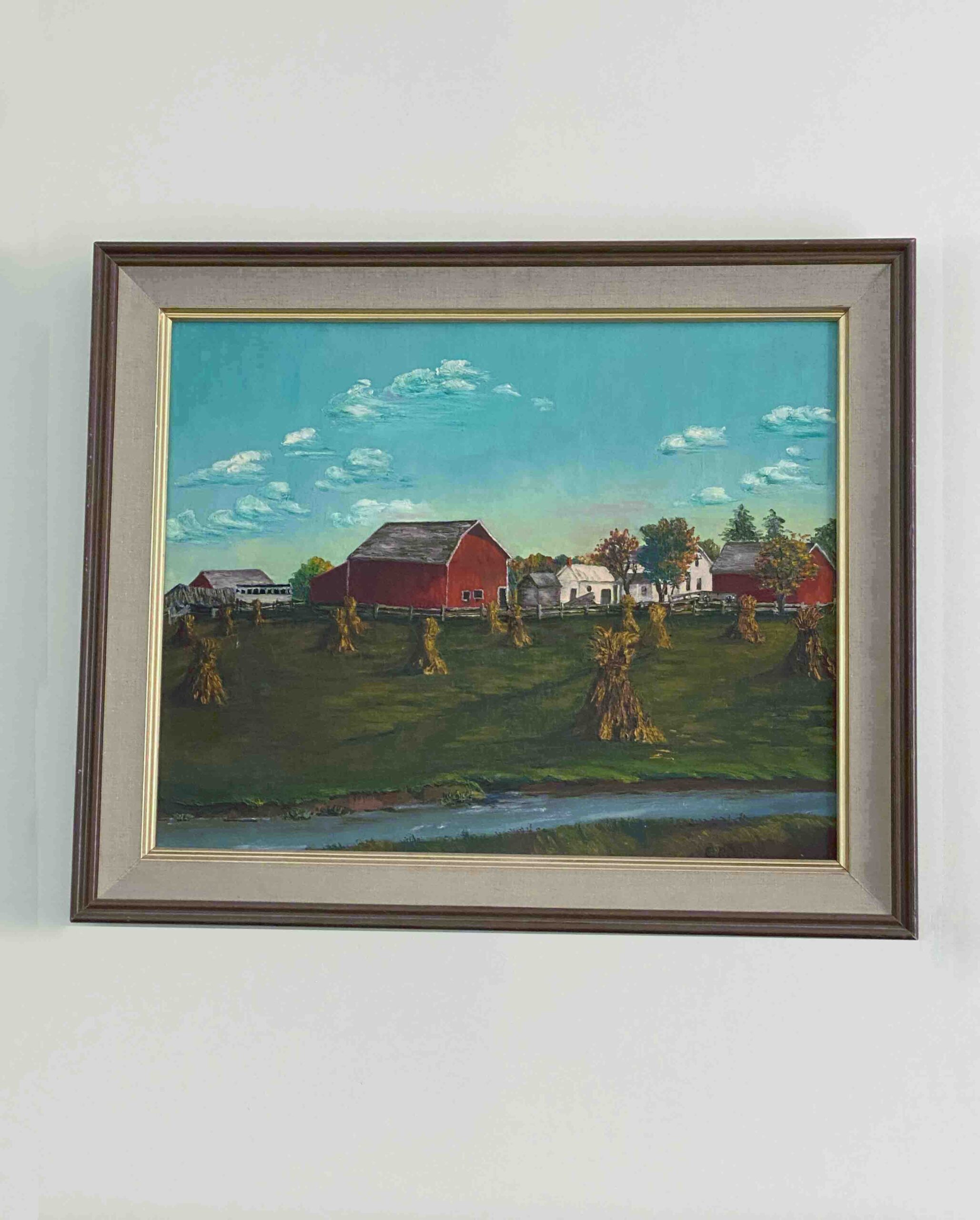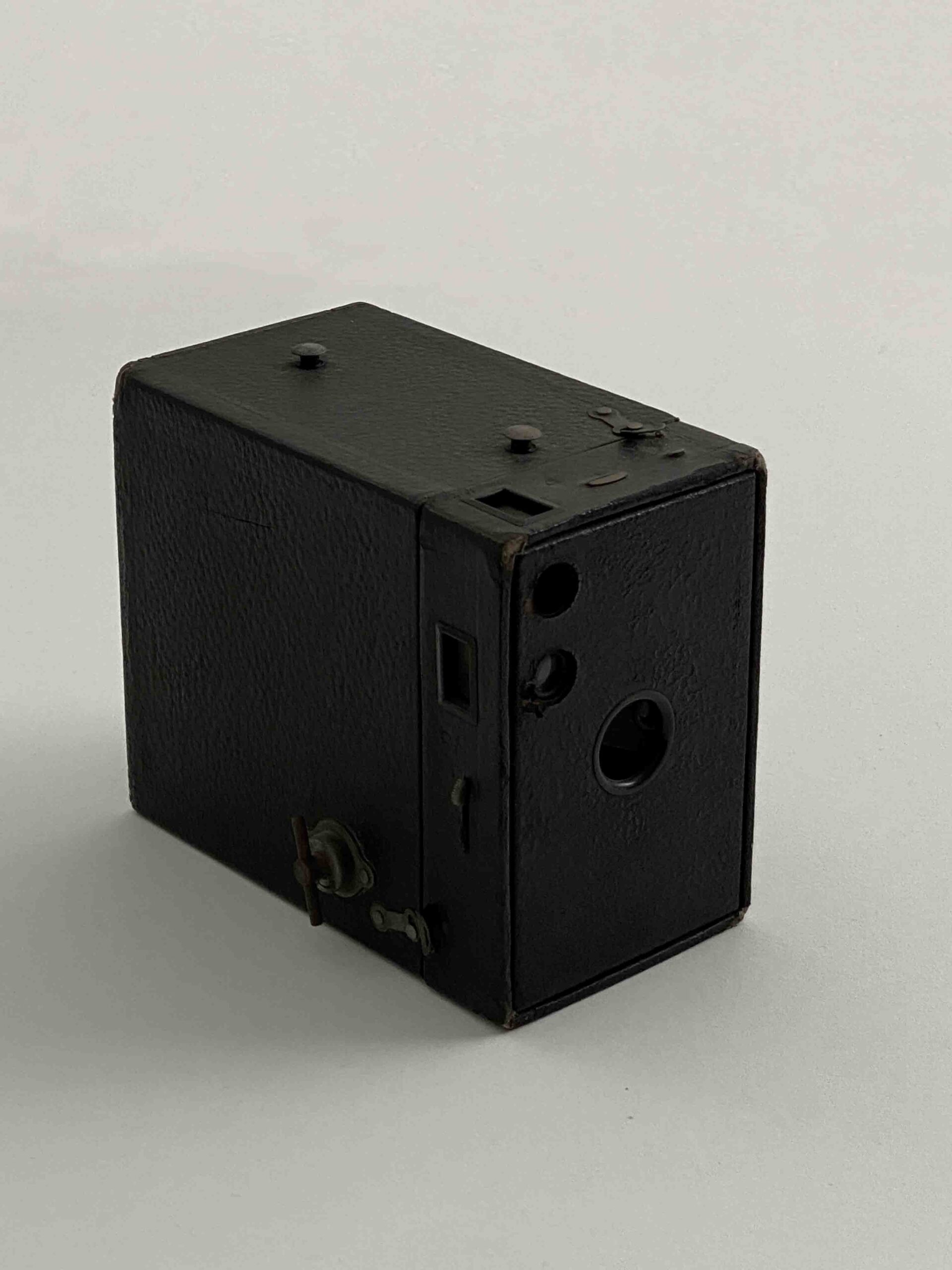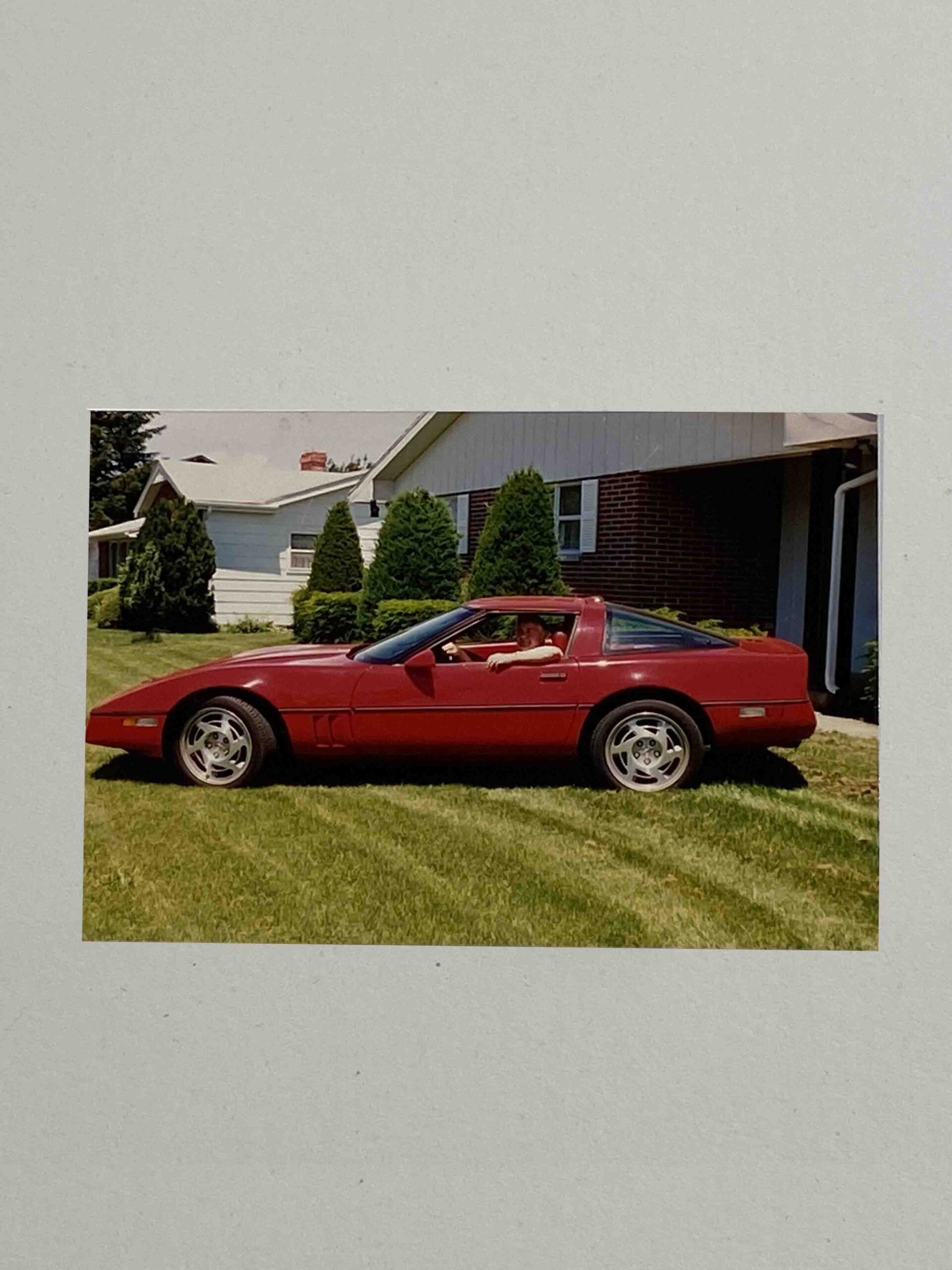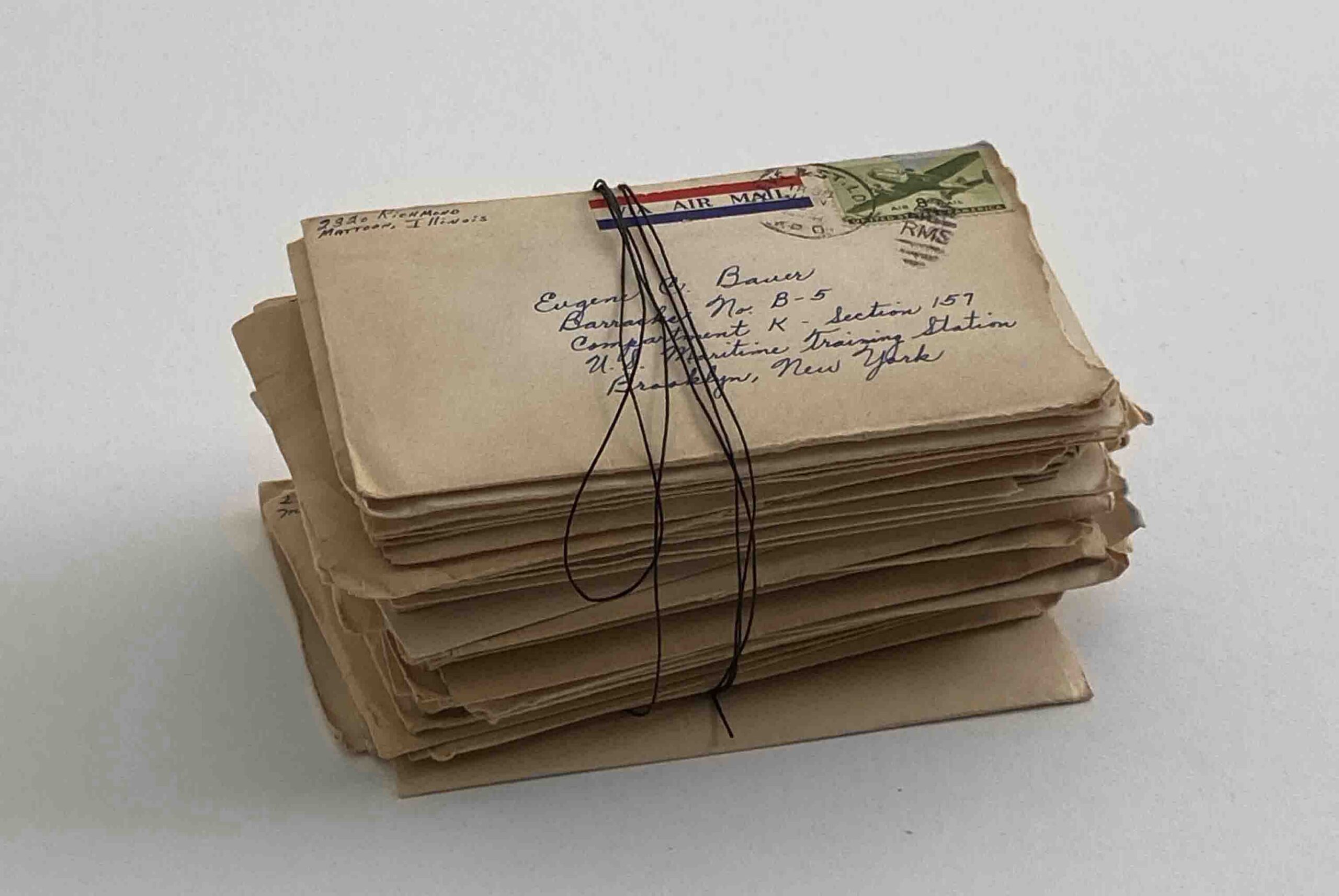.
In an expanded field of documentary, this project is an
excavation of materials and an
assembly of an archive. Through
objects, memories and stories, I explore my grandparents’ lives
to find where their personal histories intersect with the
collective.
I pull
letters, photos, and objects from this
archive and then
select, curate, maintain and arrange them like a
miniature museum.
Indexical portraits and
readymade works of art, the
white gallery space of A402
isolates and delineates every form for this installation.
.
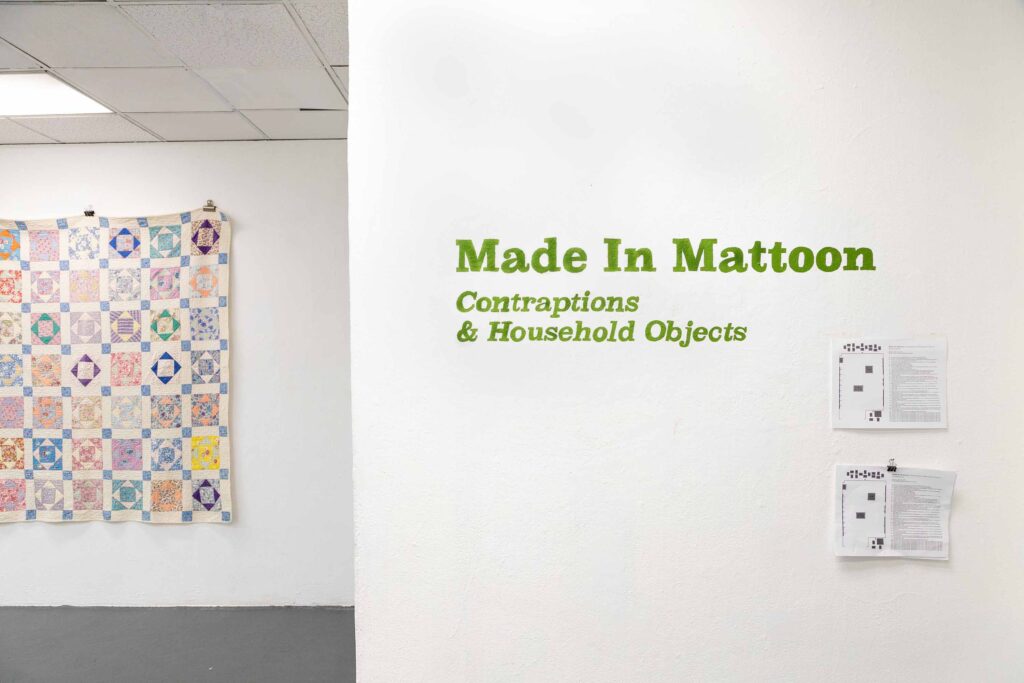
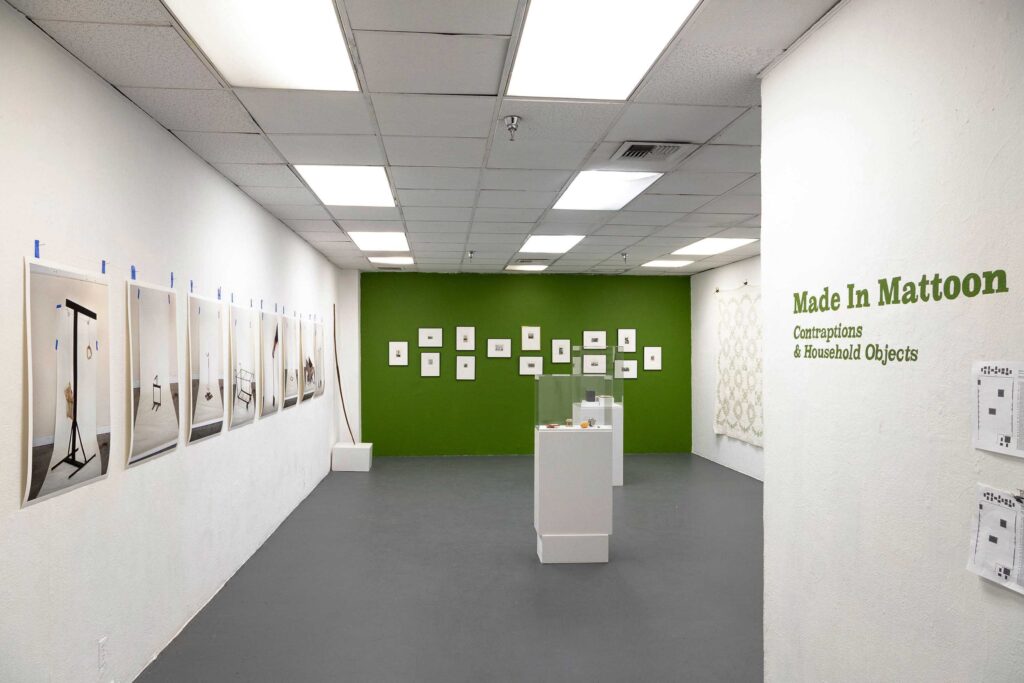
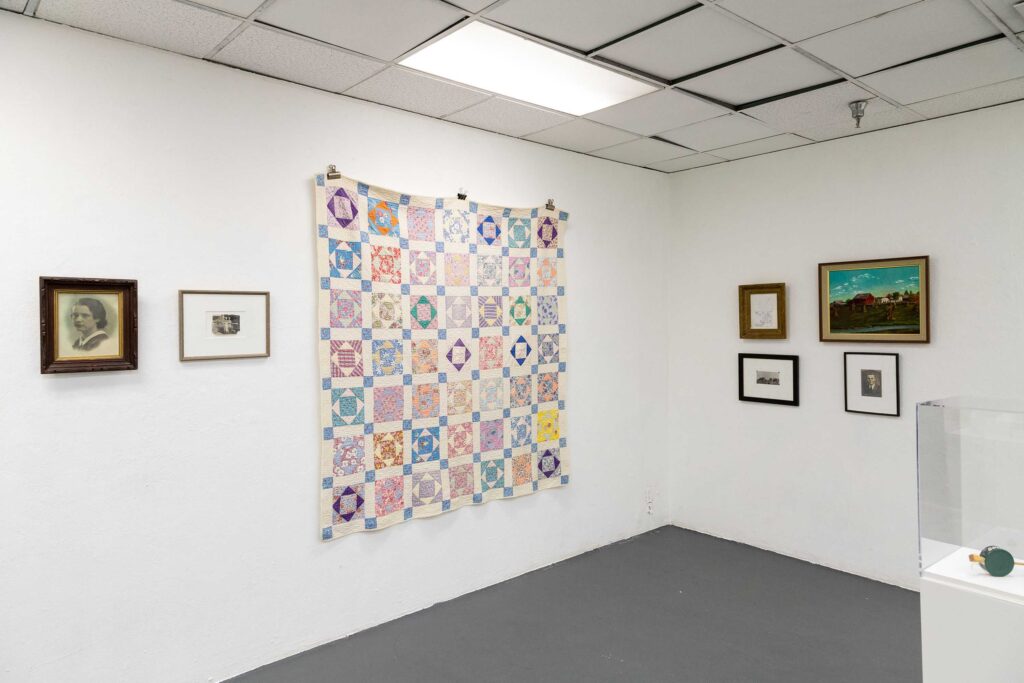
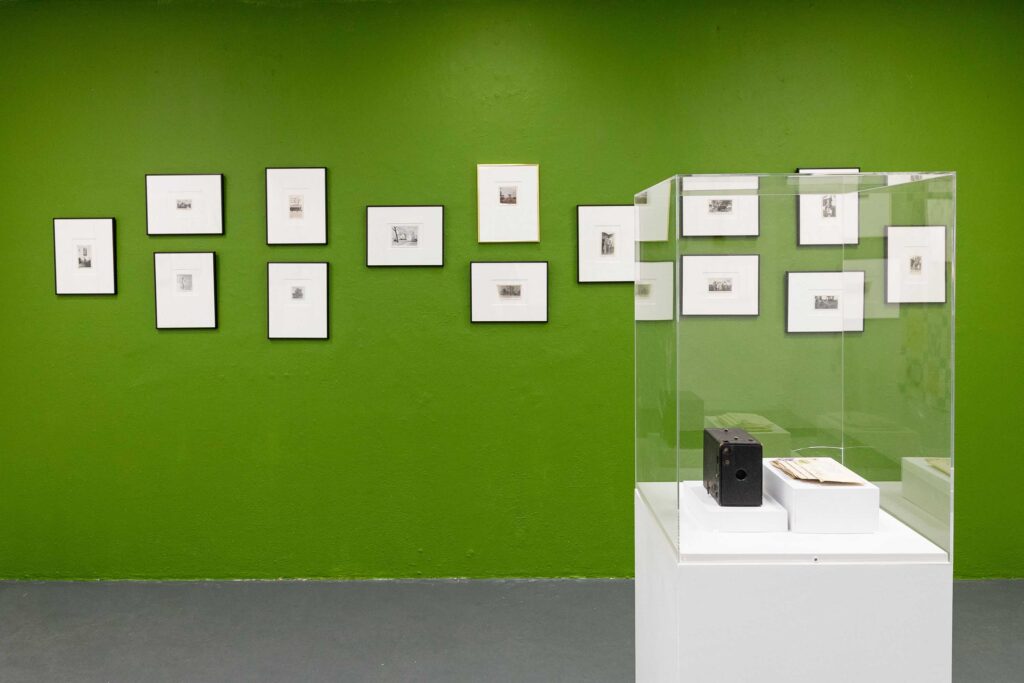
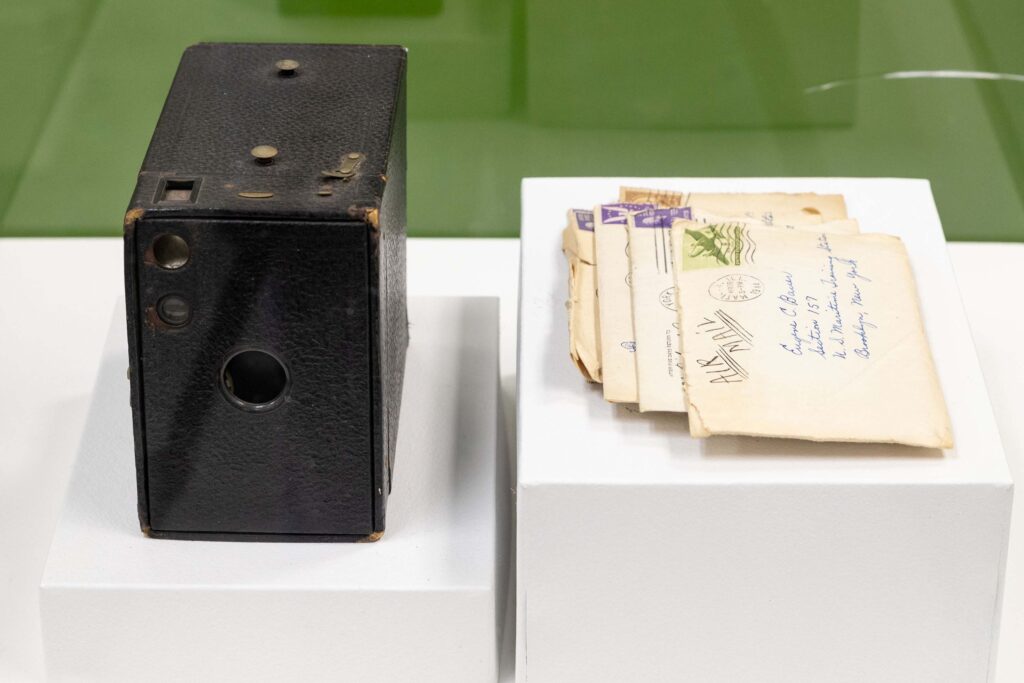
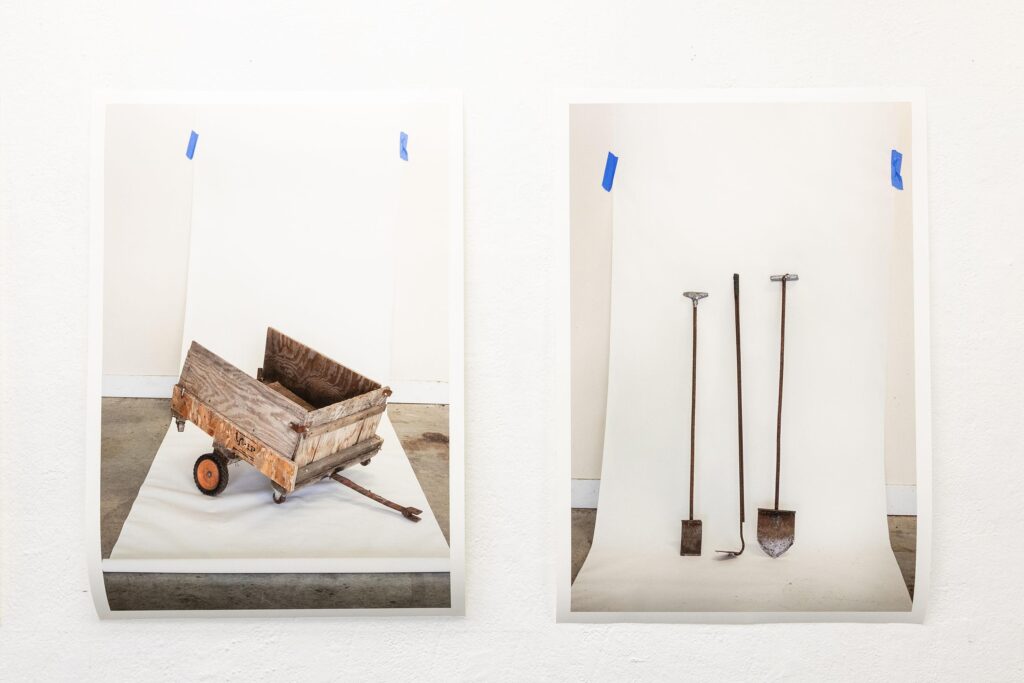
Through a circuitous, meandering tour of the
individual items, without the benefit of
being anchored to a specific narrative, the viewer is left to
question what the relationships are
between the objects.
These items become launchpads to stories I share in a
hybrid documentary (working title: Made In Mattoon, still in process).
Both the installation and the film hold
distinctly different spaces for the
past and present,
micro and macro
worlds suspended
within the imagination.
.
